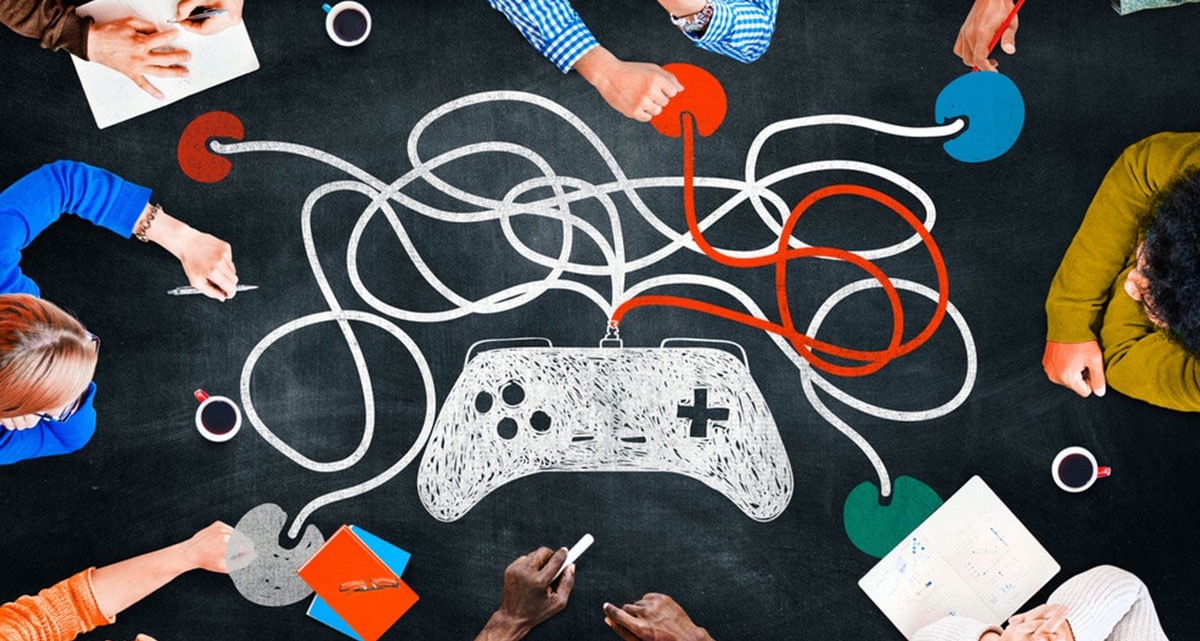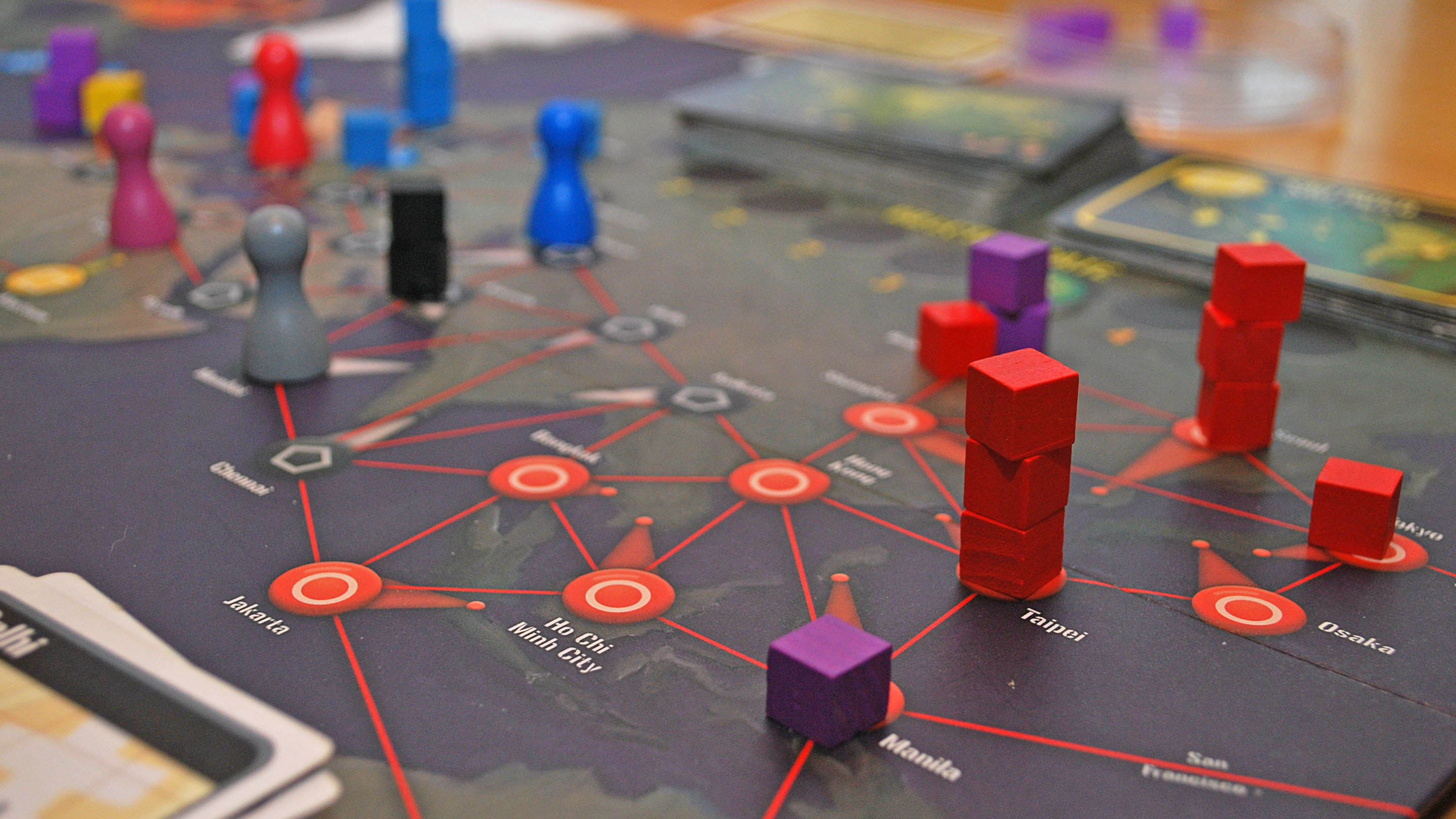In a world driven by technology and rapid information exchange, traditional teaching methods are undergoing a transformation. One of the most innovative and impactful changes reshaping modern classrooms is game based learning. By merging the principles of play with structured learning objectives, educators are discovering new ways to engage students, personalize instruction, and improve retention. Whether through digital game based learning platforms or simple interactive challenges, the gamification of education is making a lasting impact.
This article explores how game based learning in education is redefining teaching methodologies, increasing student motivation, and creating inclusive, adaptable, and future-ready learning environments.
What is Game-Based Learning?

Game based learning is an instructional method that incorporates game mechanics—such as rules, scoring, competition, and player engagement—into educational contexts. Unlike traditional gamification, which applies superficial game elements (e.g., points, badges), game-based learning integrates actual gameplay with learning objectives.
It’s more than just playing games for fun—it’s about using well-designed games to teach specific knowledge, skills, and concepts.
Core Elements of Game-Based Learning:
- Goals and Objectives: Clear learning outcomes aligned with curriculum
- Feedback Loops: Immediate responses to actions or decisions
- Challenge and Progression: Increasing difficulty levels to motivate learners
- Engagement and Motivation: Emotional investment and active participation
- Narrative and Context: A story or scenario that provides relevance
The Rise of Digital Game Based Learning
The surge in digital tools and internet accessibility has amplified the adoption of digital game based learning. Through interactive apps, educational video games, simulations, and virtual reality environments, students can explore complex topics in an engaging and risk-free setting.
Platforms such as Minecraft: Education Edition, Kahoot!, Duolingo, and Prodigy have made online game based learning more accessible than ever, particularly in K-12 and higher education settings.
Game-Based Learning in Education: Key Benefits
1. Increased Engagement and Motivation
Students are naturally drawn to games. The interactive, immersive nature of gameplay keeps them focused and interested. Unlike passive learning, games require active involvement, leading to better attention and motivation.
A study by the Education Development Center found that students in game based learning classrooms displayed a 23% increase in motivation compared to traditional environments.
2. Personalized Learning Paths
Digital game based learning systems can adjust in real time to the learner’s skill level. This allows for a personalized learning experience where students can progress at their own pace, repeat tasks, and explore topics in depth.
For example, math platforms like DreamBox adapt problem difficulty based on user performance, helping both struggling and advanced students learn more effectively.
3. Improved Retention and Recall
Games stimulate multiple senses and reinforce concepts through repetition, simulation, and reward systems. This boosts memory retention and encourages deeper understanding.
Students are more likely to remember a science concept they practiced in a virtual lab or a historical fact embedded in an educational RPG than something they passively read or heard in a lecture.
4. Encouraging Collaboration and Social Skills
Many online game based learning tools encourage teamwork, communication, and problem-solving. Multiplayer games and classroom competitions foster collaboration and peer interaction.
Games like Classcraft or Breakout EDU promote cooperative learning, helping students build interpersonal skills crucial for success in real-world settings.
5. Immediate Feedback and Assessment
Traditional assessments often delay feedback, missing opportunities for timely correction. In contrast, game based learning provides instant responses, enabling learners to understand mistakes and try again immediately.
This iterative process helps solidify learning, develop resilience, and encourage a growth mindset.
Real-World Examples of Game-Based Learning in Education
1. Minecraft: Education Edition
Used across subjects like history, chemistry, and architecture, Minecraft allows students to build and explore virtual environments while meeting curriculum standards.
2. Kahoot!
A quiz-based tool that turns assessments into competitive games, ideal for classroom reviews and formative assessment.
3. Duolingo
A language learning app that gamifies vocabulary, grammar, and pronunciation lessons using streaks, rewards, and challenge levels.
4. Classcraft
A gamified classroom management tool where students earn points for positive behavior and academic achievements, unlocking powers or team bonuses.
5. SimCityEDU
Used to teach environmental science and policy, this game allows learners to act as mayors and make city-planning decisions that reflect real-world consequences.
How Teachers Are Integrating Game-Based Learning
Educators are becoming increasingly creative with game based learning in education, integrating it into daily instruction in multiple ways:
a. Gamified Lessons
Turning a history lecture into a role-playing activity or a math class into a puzzle challenge encourages deeper involvement.
b. Learning Quests
Organizing curriculum into missions or quests, where students unlock new content or badges as they progress.
c. Project-Based Learning through Games
Using sandbox games like Roblox Studio or Minecraft to let students design projects that demonstrate understanding.
d. Interactive Assessments
Replacing or supplementing traditional quizzes with digital games that track performance and analyze skills.
Addressing Concerns and Misconceptions
Despite its benefits, game based learning faces skepticism in some educational circles. Common concerns include:
1. It’s Not Serious Learning
Critics argue that games are too fun to be educational. However, numerous studies support the cognitive and emotional benefits of digital game based learning, especially when aligned with standards and outcomes.
2. Screen Time Worries
Increased digital interaction is a legitimate concern, but educators can balance screen-based activities with offline tasks, discussions, and reflections.
3. Resource Intensive
Some worry about the cost or time required to implement games. However, many tools (e.g., Kahoot!, Quizlet) are free or low-cost, and well-integrated game mechanics can actually save time by improving engagement and reducing behavioral disruptions.
4. Teacher Readiness
Not all educators feel equipped to use online game based learning tools effectively. This gap is closing through professional development, support networks, and the growing availability of user-friendly platforms.
Equity and Accessibility in Game-Based Learning

Ensuring equitable access to digital game based learning requires careful planning:
- Device Availability: Schools must address hardware needs to ensure all students can participate.
- Inclusive Design: Games should accommodate learners with disabilities through captions, audio controls, and alternative navigation.
- Cultural Relevance: Game content must be sensitive and inclusive, representing diverse voices and experiences.
Organizations like Common Sense Education and Games for Change provide guidance and resources for creating equitable game-based environments.
Future Trends in Game-Based Learning
As technology continues to evolve, game based learning in education is becoming more immersive, intelligent, and scalable. Emerging trends include:
1. AR and VR in Learning
Augmented and virtual reality are enabling students to explore ancient ruins, conduct virtual dissections, or walk through the human bloodstream.
2. AI-Powered Adaptive Games
AI can assess learner behavior and adapt games in real-time to address skill gaps or provide challenges.
3. Esports in Education
Schools are beginning to incorporate esports to teach teamwork, strategy, and STEM-related skills, transforming competitive gaming into structured learning.
4. Blockchain Credentials
As online game based learning grows, blockchain may play a role in securely storing achievements, badges, or digital diplomas that follow the student beyond the classroom.
Best Practices for Implementing Game-Based Learning

To maximize the impact of game based learning, educators should follow these best practices:
1. Align with Curriculum
Ensure games are tied directly to learning outcomes and curriculum standards.
2. Start Small
Introduce simple games or gamified quizzes before advancing to complex simulations.
3. Blend with Traditional Methods
Use games to complement—not replace—existing instructional strategies.
4. Monitor and Reflect
Gather feedback from students and track performance data to evaluate effectiveness.
5. Foster Critical Thinking
Encourage students to reflect on their decisions, strategies, and outcomes during gameplay to deepen understanding.
Conclusion
Game based learning is more than an educational trend—it’s a powerful teaching strategy that transforms the classroom into an interactive, learner-centered space. From improving motivation and engagement to delivering personalized instruction and fostering real-world skills, game based learning in education is helping shape the future of learning.
As digital game based learning technologies continue to evolve, and as online game based learning platforms become more accessible, the classroom will no longer be bound by chalkboards and textbooks. Instead, it will become a dynamic environment where education is not just delivered—but experienced.